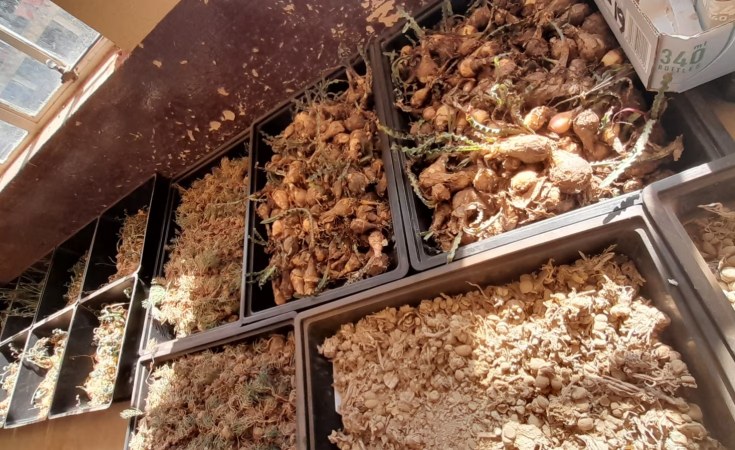Overwhelmed by the sheer number of bleeding soldiers at the Battle of Metz in 1793, a French military surgeon was forced to develop a rapid classification system to determine which of the wounded troops needed treatment most urgently.
More than 200 years later, the triage system developed by Baron Dominique Larrey during the Napoleonic wars is being used locally to stem the casualty list of some of South Africa's most threatened succulent plant species.
"We have been getting between three and seven plant confiscation cases coming in every week, mostly from the Northern Cape - and the number of plants in each case can vary between 1,000 and 10,000 plants," says Dr Carina Becker du Toit, a senior botanical scientist at the sharp end of rescue operations for confiscated succulent plants in the Western Cape and Northern Cape.
In the modern medical context, the colour-coded triage system is still used by paramedics and emergency room workers to filter patients for priority surgical and hospital treatment in the wake of serious accidents and disasters.
In the new conservation context, the botanical casualties are graded mainly by the rarity of each species on the Red List of the International Union for the Conservation of Nature (IUCN)
While Becker du Toit would like to save as many plant patients as possible after they have been ripped from the veld, there is just not enough space or capacity in the few...


